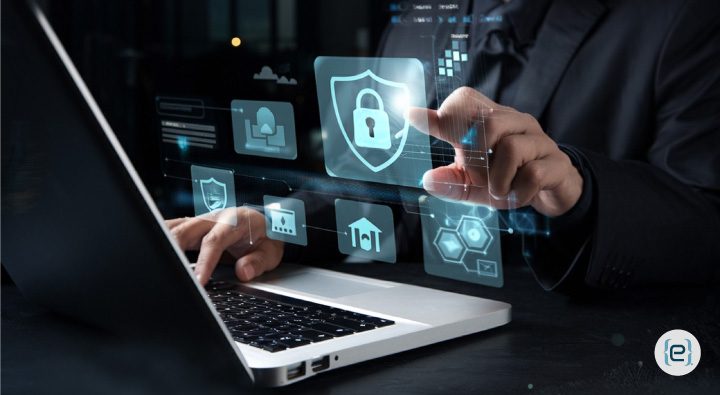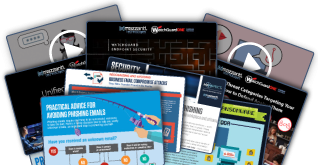The importance of securing sensitive data – with Multi-Factor Authentication (MFA) – has soared in these rapidly evolving digital times. As cybercriminals grow more sophisticated, they use many different tactics to break into accounts and download sensitive information. Identity security does not rely on passwords alone. This is where Multi-Factor Authentication (MFA) plays a crucial role, acting as the first line of defense to significantly reduce unauthorized access.
Understanding Multi-Factor Authentication
So, what is Multi-Factor Authentication? MFA is a security strategy that demands multiple authentication mechanisms to be verified before you can gain access to an account. One of the biggest advantages MFA offers is that it improves upon many of the areas where traditional password-based authentication falls short. Even if your password is stolen in phishing attacks, data breaches, or through other methods, an attacker would still need the second factor to gain access. This dual verification process creates an additional hurdle, forming a robust barrier against potential intruders.
Indeed, a lot of businesses are looking into MFA solutions to further lock down their security. For example, financial institutions and healthcare providers are required to enforce MFA due to regulations on handling sensitive data. These sectors often handle consumer information and need to stay compliant with regulatory bodies. By introducing MFA, such organizations can secure their systems more effectively and prevent data breaches to a large extent.
Broadening Multi-Factor Authentication Adoption
However, MFA is not just for big corporations. Small businesses and individual owners can equally benefit. Today, many cloud-based services include MFA support as a standard security measure. Email providers, social media platforms, and services offering online storage facilities encourage users to activate MFA for their accounts. In this way, MFA allows you to bolster the security of your personal accounts, keeping your information secure from unwanted access.
The most popular implementation of MFA is OTP (One Time Passcode). The 6-digit passcodes are usually sent to your registered phone via SMS or generated by an authenticator app. You enter your password and then the OTP when logging in. This two-layer verification helps ensure that even if someone has managed to grab your password, they still need the OTP to access your account.

Exploring MFA Options
Hardware and software tokens both produce time-sensitive codes that you enter to log on. Hardware tokens are generally safer than SMS-based OTPs because they can’t be intercepted. However, these tend to be more expensive and require management for effective rollout.
Another option in the world of MFA for increased security is biometric identification. This involves verifying your identity through unique physical characteristics, such as fingerprints, facial recognition, or iris scans. Biometrics are highly secure as they cannot be easily copied or stolen. With the widespread availability of smartphones and laptops featuring biometric technology, such as fingerprint sensors or face detection, device-based MFA becomes a practical everyday option.
Balancing Security with User Experience
Although the security improvement of MFA is noteworthy, user experience must be a major concern when implementing these solutions. Complicated MFA options discourage users from using them. Security must be balanced with convenience for your organization. This means offering choices about the authentication methods users prefer or optimizing humanly recognizable integrations.
While the security benefits are many, turning on MFA can be a touchy subject for some users concerned about getting locked out or it being an inconvenience. Clear communication explaining the value of multi-factor authentication (MFA) and its impact on security is essential. Additional mechanisms like backup for account recovery reassure customers of not getting locked out.
Routine training and awareness campaigns can aid the adoption of MFA and promote environmental literacy. Meanwhile, enterprises should educate workers about the perils of weak passwords and how to benefit from MFA. By fostering a security-aware culture, businesses empower employees to protect sensitive data.
The Importance of MFA
In summary, MFA is a must-have security feature that greatly improves resistance to unauthorized access. Organizations can reduce the risks associated with passwords by requiring more than one form of verification. As cyber threats become increasingly sophisticated, further adoption of MFA is a preventive measure to protect sensitive data and secure stakeholders’ trust.
That’s why eMazzanti Technologies understands the value of MFA in today’s digital world. At eCare, we work with security partners such as Watchguard to provide you with enterprise-class security solutions. By using MFA, your business can navigate the digital world with the confidence that your data has a protective layer against potential cyber attacks. MFA is not an option; it’s a fundamental precaution for maintaining a secure operational environment. Contact eMazzanti today to learn how we can help you implement robust security measures.







